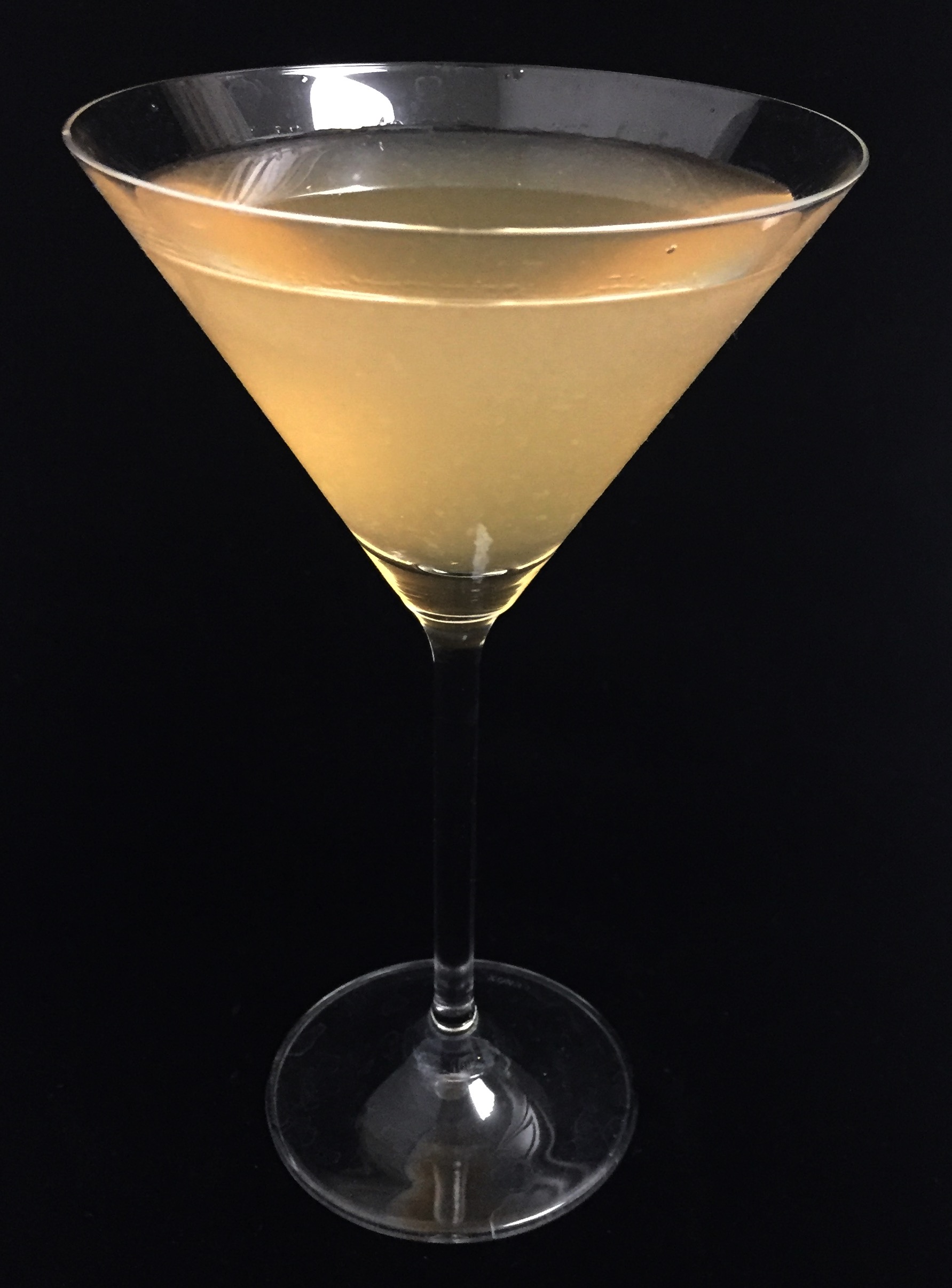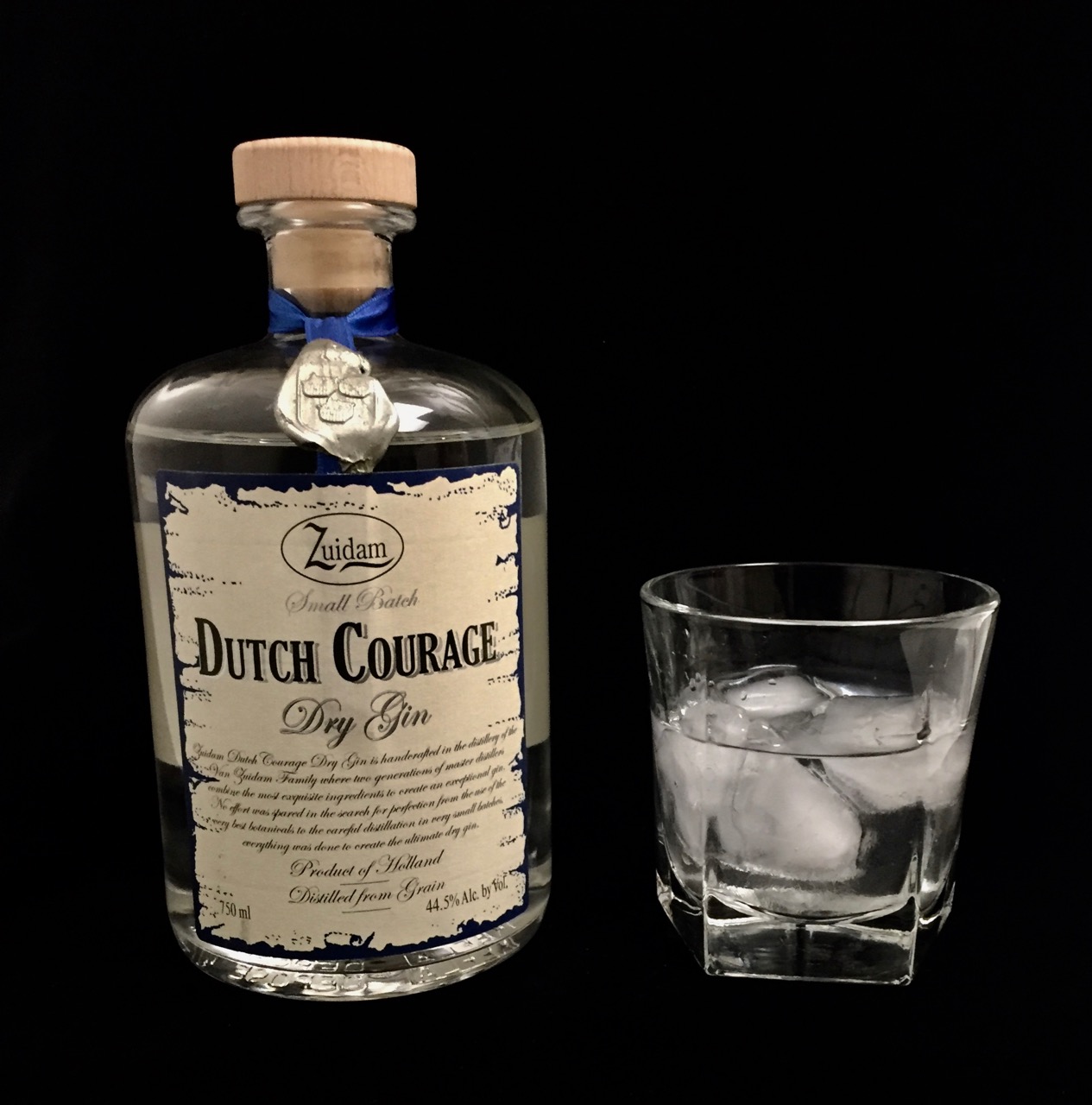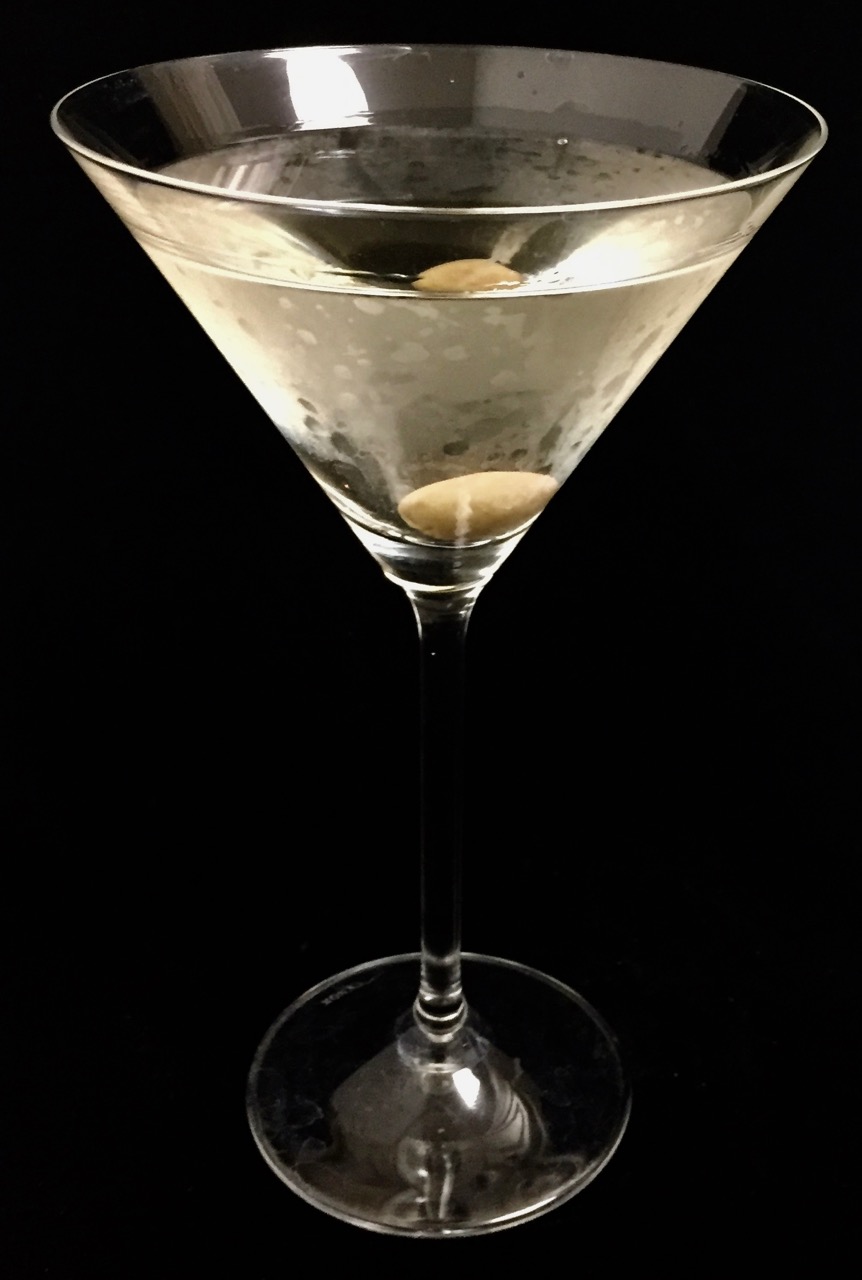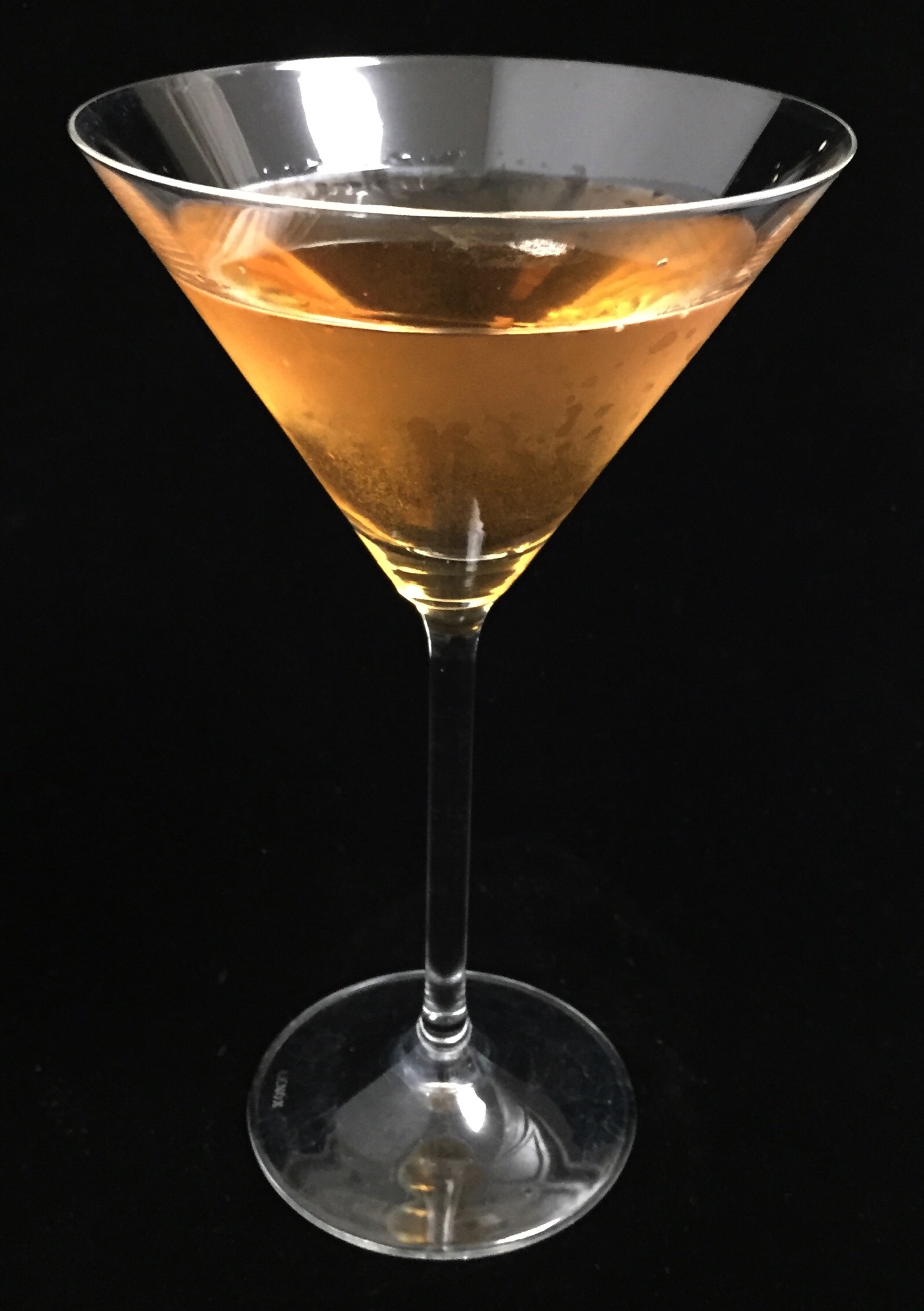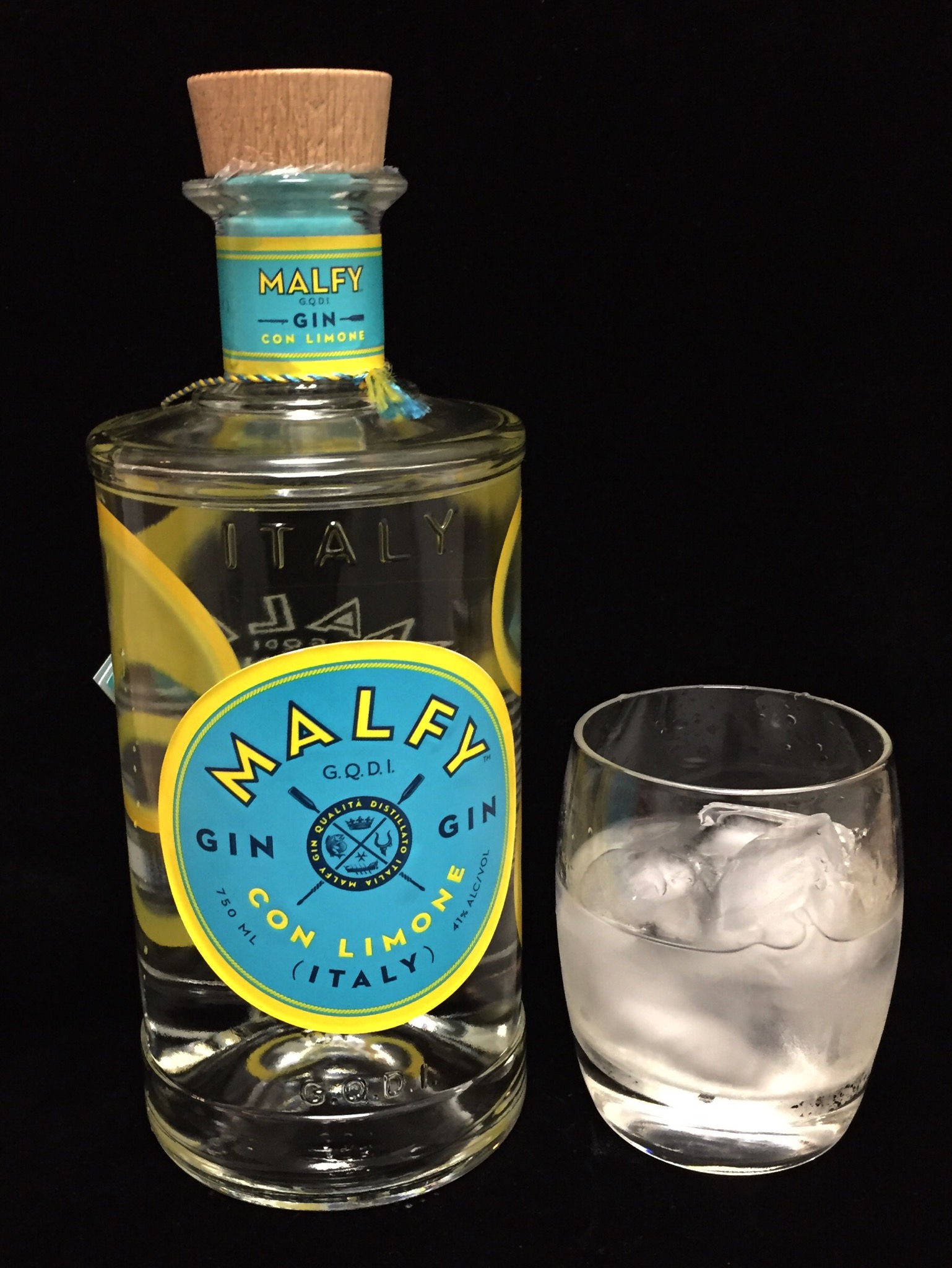A trip to Vivacity Distilliery
When I go to our Corvallis office, I usually come back the same day without staying overnight. Coming in from Phoenix to Portland and then driving to Corvallis this time, I was sure I would be too tired to drive back to Portland. So, I stayed back. Which meant, I had some extra time in the evening than normal.
That was a great excuse to go check out a local gin distillery and get a better idea about the whole distillation process. You may recollect that this year, my goal is to research and learn about gins as much as I can. Previously, I had looked up a distillery nearby but their website said they were open for visits only every other Saturday or “whenever you see our car in front of the distillery”. But our local office leader – Kris – had talked to them beforehand and convinced them to open it for a visit for me that evening.
It was a great trip. Got to know the owner Caitlin Prueitt. Missed her husband Chris Neumann. They had together started the distillery barely six years back. In fact, this might still be the only woman owned distillery in Oregon. Caitlin took me thru the backside of the distillery and thanks to her patient explanation, got to see first hand how gin is made.
The copper still was impressive. She named it “Jules Verne”. You can see it in the picture. She uses corn to produce the base ethanol and then adds junipers and other botanicals before using steam to start the distillation process. I was a little surprised by the height and size of the column. If I remember correctly, condensing thru the column ( I think it is called continuous distilling or something like that) was a big innovation in alcohol making since it reduced the number of distillations you have to do and yet have higher proof alcohol with less impurities.
I was curious about how long the whole process took. 2 to 3 days apparently. Since this is a contemporary style gin, it is ready to be collected and bottled and does not have to be aged or anything in barrels. She makes two different gins – Banker’s (this was named for the manager of the local bank that gave them the loan to get this started) and Native (which has predominantly botanicals and herbs from Oregon. 14 out of 17, I believe).
Anand and I tasted both of them and we both thought the Native was more flavorful and burst into juniper and citric aromas more boldly. I got a bottle of each and now I have left them to their fate in the hands of the those gentle and delicate folks at the airlines Shove The Baggage department 🙂 🙂

